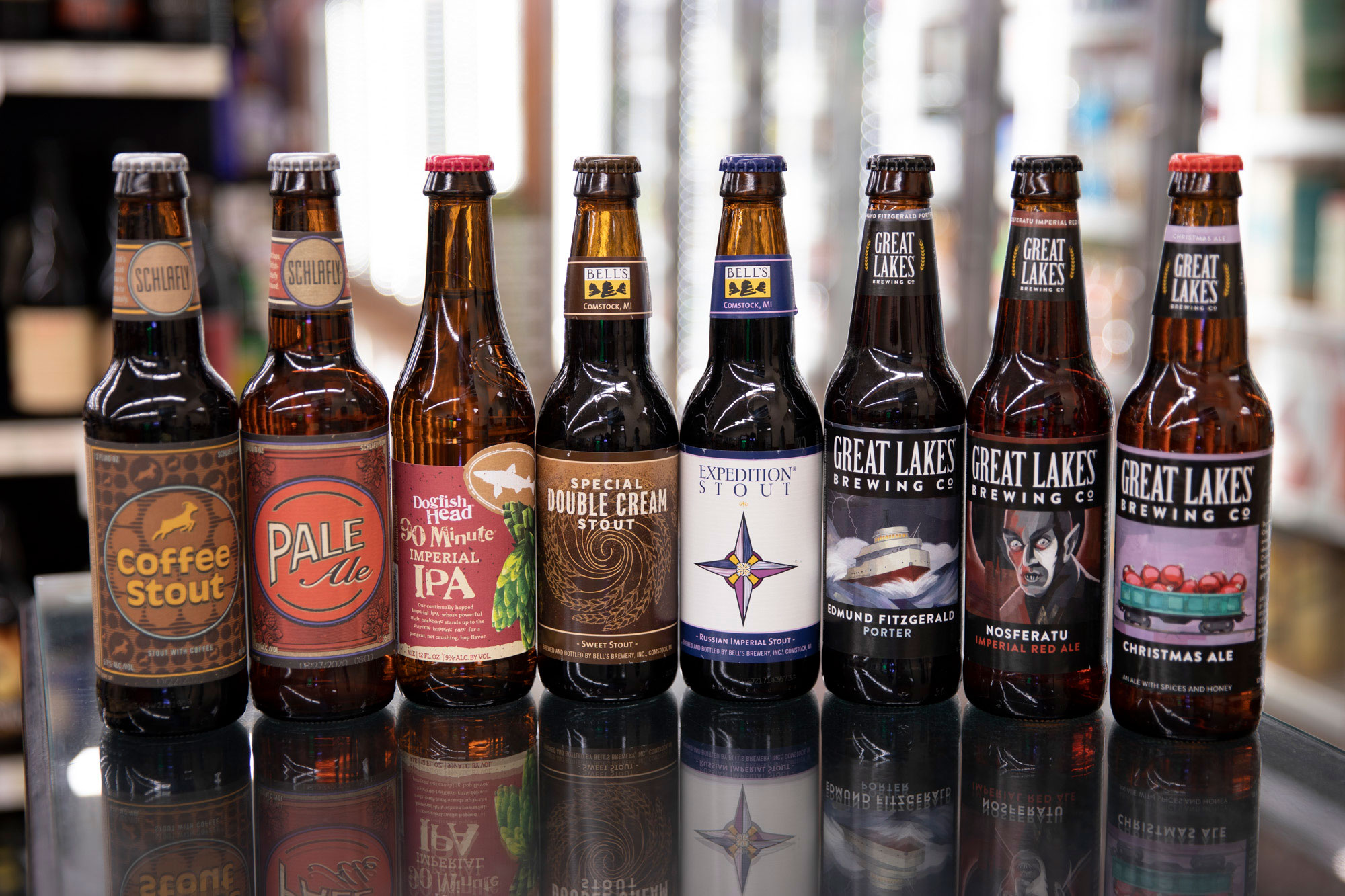Distilleries Demystified: A Full Break Down of the Manufacturing Process
In the realm of spirits production, distilleries act as the enigmatic hubs where raw components are changed into elaborate and nuanced elixirs. The process of purification is a careful craft that links scientific research, practice, and creativity to produce the spirits we have pertained to appreciate. As we start unwinding the layers of distillery procedures, we will certainly browse with the historic origins, intricate stages of manufacturing, and the subtleties that separate one spirit from an additional. Join us on this trip as we demystify the inner workings of distilleries, clarifying the alchemy that turns grains, fruits, or botanicals into the liquid gold that fills our glasses.
Background of Distilling
These ancient cultures utilized unrefined kinds of distillation to generate fragrances, medications, and even alcoholic drinks. They originated the usage of distillation for the manufacturing of spirits like brandy and scotch, laying the groundwork for the distilling techniques we see today.
The distilling procedure continued to advance with the centuries, with the improvement of techniques and the intro of brand-new modern technologies. This era saw the rise of iconic spirits brands that have actually come to be household names worldwide.
Raw Material Choice
:max_bytes(150000):strip_icc()/LQR_Edit-JapaneseBeers_Facebook-1200x628-2e333b912b254fe1bb2fe9c5987dc1cd.jpg)
When selecting raw products, distillers need to consider the sugar content, starch conversion capacity, and any kind of impurities existing, as these factors directly affect the fermentation and purification procedures. In bourbon manufacturing, the selection between different types of grains like corn, barley, rye, or wheat will certainly result in distinct flavor accounts. In addition, the quality and quality of the raw materials can affect the efficiency of fermentation and eventually affect the purity and complexity of the final spirit.
Fermentation Process
During the fermentation process in distilleries, sugars from the raw materials are exchanged alcohol by yeast through a natural chemical reaction. This critical phase generally happens in large containers called fermenters (Seawall Bar). Yeast, a microorganism, eats the sugars existing in the raw products such as grains, fruits, or molasses. As yeast eats these sugars, it generates alcohol and co2 as by-products. The fermentation process is carefully checked to make certain ideal conditions for yeast activity, such as preserving the best temperature and pH degrees.
Fermentation times can differ depending upon the specific distillery and the sort of alcohol being produced. For instance, some fermentations may last a couple of days, while others can take weeks. The length of fermentation considerably influences the last flavor profile of the alcohol. When fermentation is total, the resulting fluid, understood as the "clean" or "beer," is then prepared to proceed to the purification phase, where alcohol concentration is additionally boosted through the splitting up of components based upon their boiling factors.
Purification Methods
Following the completion of the fermentation process, distilleries utilize a variety of purification strategies to more concentrate alcohol content and refine the flavor account of the fluid. This approach is recognized for generating full-bodied and rich spirits (Breweries in Galveston Texas).
Furthermore, fractional purification is a sites much more refined type of column distillation that permits for exact separation of various components based on their boiling points, resulting in incredibly pure spirits. Eventually, the selection of distillation strategy considerably affects the attributes and quality of the final spirit created.
Maturation and Bottling
Upon getting to the preferred degree of flavor development and intricacy, distilled spirits undergo maturation prior to being bottled for consumption. Galveston Liquor. Growth is an essential phase where the spirits are aged in barrels or barrels made of different materials like oak, which imparts distinct flavors and attributes to the liquid. During this duration, the spirits engage with the timber, permitting them to smooth, develop new flavors, and improve their general intricacy

The duration of growth varies relying on the kind of spirit being produced and the wanted final product. Spirits such as scotch, brandy, and rum frequently require years of maturation to reach their optimum taste account. Throughout this procedure, environmental factors like temperature level changes can also affect the maturation procedure, impacting the final taste of the spirit.
As soon as the spirits have actually matured to excellence, they are ready to be bottled. Bottling includes filtering system the spirits to get rid of any type of staying pollutants, readjusting the alcohol content if essential, and lastly, product packaging the fluid in containers or bottles suitable for circulation and consumption. The bottling stage stands for the end result of the distillation process, where the thoroughly crafted spirits exist to consumers for their satisfaction.
Final Thought
Maturation and bottling are key steps in producing top quality spirits. By following these actions, distilleries can produce a wide range of spirits with unique tastes and characteristics.
The process of distillation is a precise craft that intertwines creativity, custom, and science to produce the spirits we have actually come to value.The choice of raw materials is a crucial element of the distilling process, influencing the top quality and taste profile of the go to this website final spirits produced. In addition, fractional distillation is a more polished type of column distillation that allows for exact separation of various components based on their boiling factors, resulting in incredibly pure spirits. Throughout this process, ecological aspects like temperature changes can additionally influence the maturation process, influencing the last taste of the spirit.
The bottling phase represents the end result of the purification process, where the diligently crafted spirits are provided to customers i was reading this for their enjoyment.